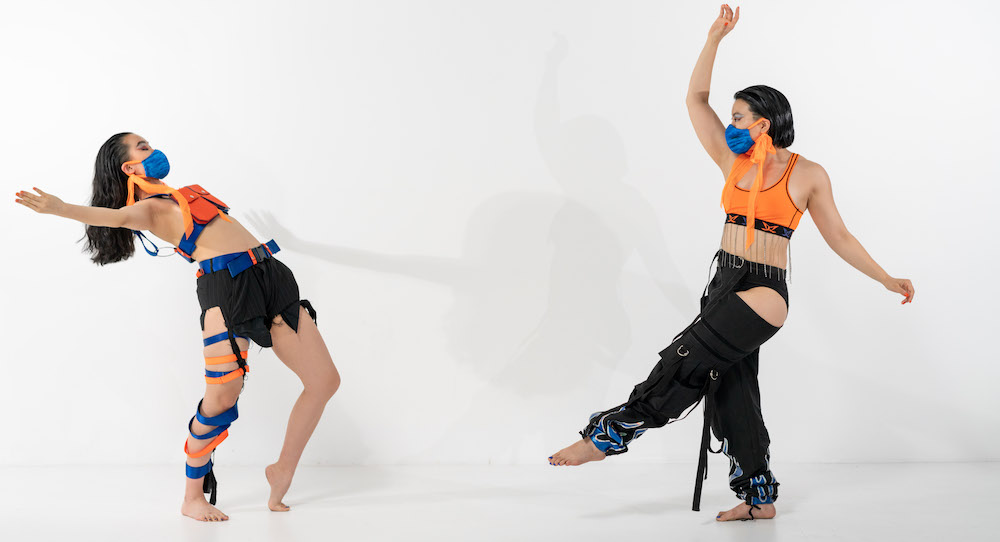Melbourne Fringe Festival’s Take Over! 2020.
13 November 2020.
There is an unsettling disjuncture at the digital heart of Jonathan Homsey’s I Am Maggie, presented as part of Take Over! 2020. It is the fissure of the intimate and the abstracted. In a way, it is the frame itself (the rectangle of the screen, the atomised audience), but at a deeper level, it is the manner of its manipulation. While the experience of digital theatre going still feels clunky and antiseptic, and the tech interface a tad too cold for Melbourne Fringe Festival atmosphere, I Am Maggie does not shy away from the curious ambiguities of the virtual performance space.
Then again, we might expect this from Homsey. As a dancemaker, he is more a maker of art, a synthesiser and adventurer, blurring forms and identities into a kind of aesthetic pan-humanity. I Am Maggie is worldly, resolutely modern and comfortable in its skin(s).
Described as ‘an anti-tragedy and participatory biography’, it features two actual Maggies (dancers Chen and Zhu) and Homsey’s whispered and purportedly fictional life stories. While Chen and Zhu move in white space, and Homsey’s microphone captures intimate, domestic sounds, an amalgamated existence is revealed, one that has both personal detail and the broad brushstrokes of stereotype. Indeed, the identity of the mythic-real Maggie slides always between standard issue dot points and dynamic individuality. Are Chen and Zhu real, or fictions? Marionettes or dancers?

Yet, for all this, Maggie is also about fantasy, or rather, the way in which we construct our official story of self. The Maggies’ movement is inspired by the highly punctuated grammar of waacking, a dance form that emerged from the gay Afro underground in 1970s Los Angeles. It remains a defiant, sexual and gestural rebellion against the norms of so-called identity; and here it is used to build a triumphant arc, as each dancer flowers into full being. However, far from being a clenched fist of clichéd refusal, or a bully pulpit of meritocratic ascendence, Maggie is reflective and laced with sly humour. Here, the routine may morph seamlessly into the exceptional. But only if we can spot the difference.
Performed as part of the Arts Centre Melbourne’s annual Take Over! program, I Am Maggie, like most everything in this year’s virally delayed Melbourne Fringe, has been constructed for the virtual auditorium. Thus, while we hear the textured proximity of the microphone, as if in collision, we observe Zhu and Chen choreographed in a cold white void. The ‘theatre’ is at once near and far. These women could be us, or they could be cartoons. Indeed, even we could be avatars, the not-quite-real attendees at a not-quite-real public event.
The true cleverness of this work lies in the way that Homsey, Zhu and Chen do not hide from the situation. Together, they goad us to construct, and we participate by authoring a narrative around the issues of digital distance, gender/ethnic representation, and the strange fluidity of reality and make believe.
I Am Maggie employs a palette of Western nightclub moves, East Asian gestural formality and documentary theatre to create its shifting (un)reality. It even drops in a sly Kraftwerk reference, in addition to co-opting the ‘bad video’ effect of late ’80s infomercials. In fact, at no point does it let us settle, even if it does come with a happy ending; because Maggie seems to live permanently on the verge of becoming someone else.
By Paul Ransom of Dance Informa.















